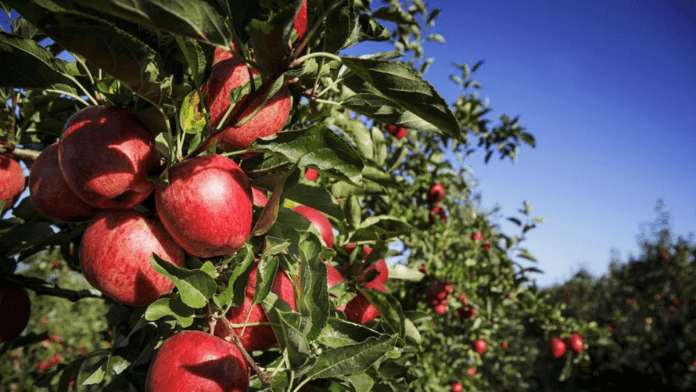News in Brief:
– New Zealand’s apple industry rebounds in 2023/24 with a 9% production increase despite Cyclone Gabrielle’s impact.
– Export volumes rise by 6.8%, driven by strong demand from Asian markets like Vietnam and China.
New Zealand’s apple industry is bouncing back in the 2023/24 season after facing significant challenges last year. Cyclone Gabrielle wreaked havoc on key apple-producing regions like Hawke’s Bay and Gisborne, causing extensive flooding and damaging winds. The aftermath led to a sharp drop in production, marking the lowest output since 2007/08 at 443,000 metric tons.
According to the New Zealand: Fresh Deciduous Fruit Semi-annual report, this season brings a promising turnaround. Thanks to improved weather conditions and enhanced farming techniques, New Zealand anticipates a robust production of 483,000 metric tons of apples, marking a notable 9% increase from the previous year.
Factors contributing to this recovery include the gradual decline of the El Niño weather pattern, which had previously impacted crop yields adversely. Additionally, increased labour availability and innovative agricultural practices have bolstered productivity across orchards.
Export projections for the 2023/24 season are equally optimistic, with an expected 6.8% increase to 330,000 metric tons. Despite being lower than historical levels, this uptick signifies a significant recovery post-Cyclone Gabrielle. New Zealand’s apples remain in high demand in Asian markets like Vietnam, Thailand, and China, supported by their counter-seasonal availability.
Varietal preferences among growers are shifting, influenced by financial considerations and market demand. While traditional varieties like Braeburn are declining in planted area, newer varieties such as Rockit and Honeycrisp are gaining popularity, reflecting changes in consumer taste and export trends.
Napier Port, traditionally a key hub for apple exports, faced a downturn last season, while ports like Nelson and Tauranga saw substantial increases in shipping volumes. These shifts underscore evolving logistical strategies within New Zealand’s export infrastructure.



